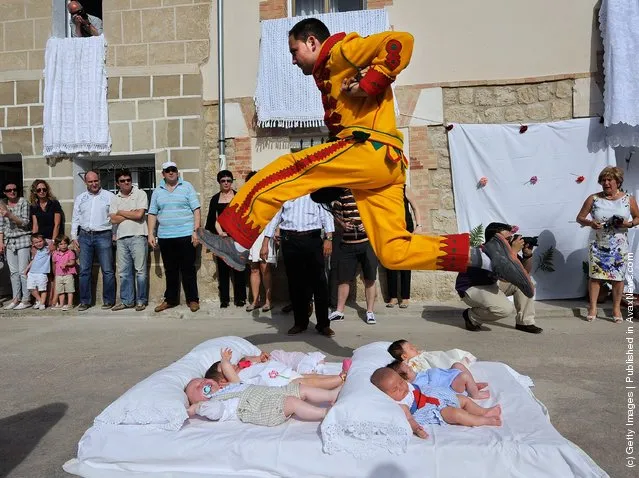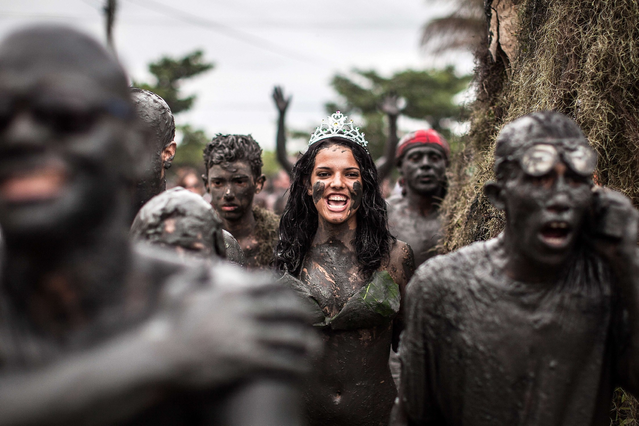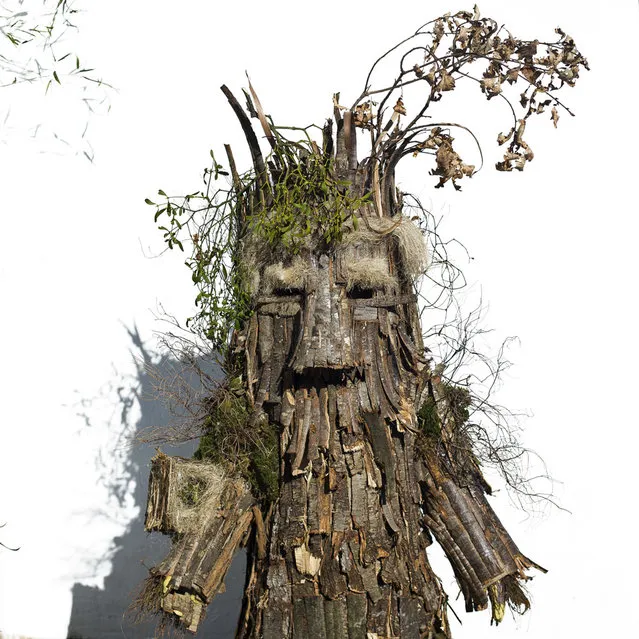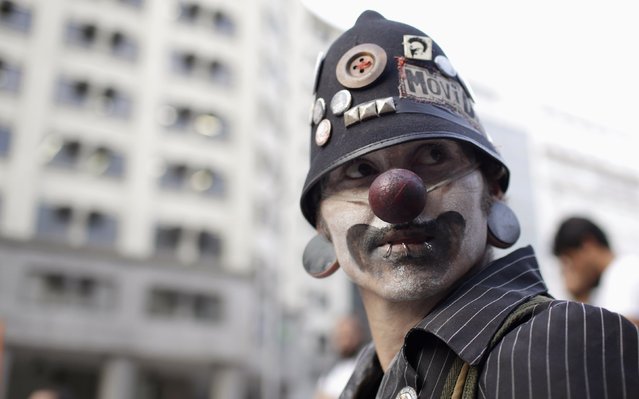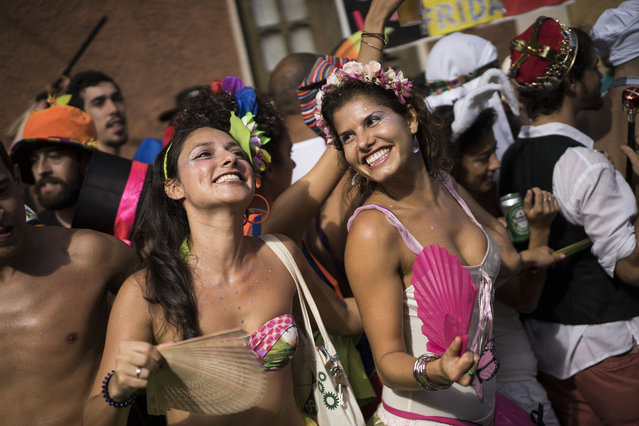
A young marcher high fives the crowd as Australian military personnel, past and present, commemorate ANZAC Day during a parade through the city centre in Sydney, Australia on April 25, 2023. (Photo by Jaimi Joy/Reuters)
16 May 2023 03:56:00,post received
0 comments


